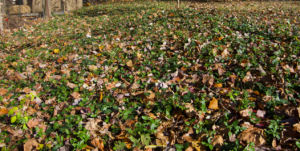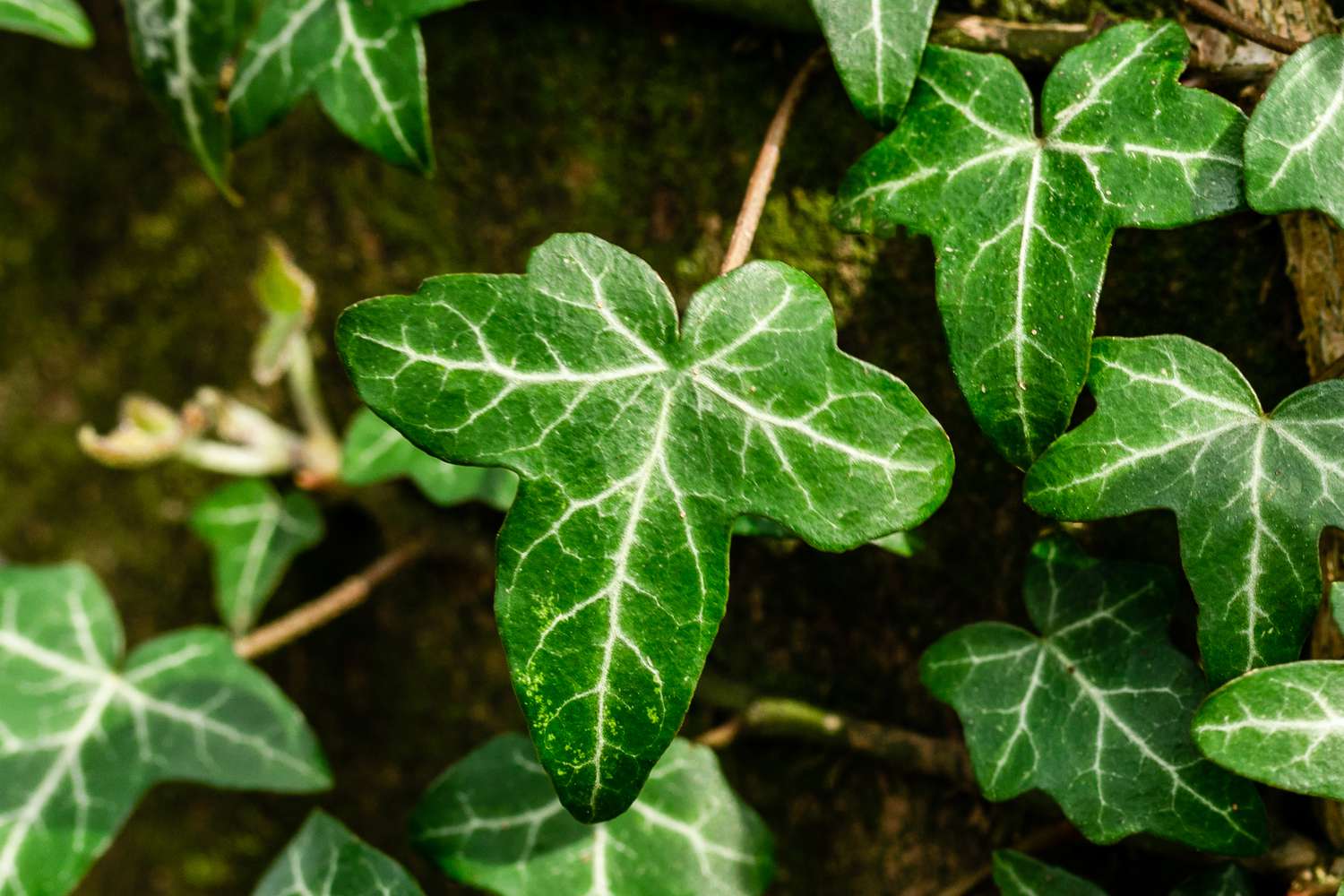English Ivy (Hedera helix) is a popular plant known for its lush, green foliage and ability to quickly cover ground, walls, and trees. However, its aggressive growth can become problematic, choking out native plants and damaging structures. If you’re looking to eradicate English Ivy from your garden or property, this comprehensive guide will help you effectively remove it and prevent future infestations.
Why Eradicate English Ivy?
English Ivy can cause several problems:
- Invasive Growth: It spreads rapidly and can overtake gardens, lawns, and natural habitats.
- Tree Damage: Ivy can climb and cover trees, blocking sunlight and increasing the risk of disease and structural damage.
- Structural Damage: When grown on buildings, ivy can damage walls, roofs, and gutters by trapping moisture and causing decay.
- Biodiversity Loss: It can outcompete native plants, reducing biodiversity and disrupting local ecosystems.
Steps to Eradicate English Ivy
Eradicating English Ivy requires persistence and a combination of manual, mechanical, and chemical methods. Here’s how to do it:
1. Manual Removal
Hand Pulling:
- Step 1: Wear gloves to protect your hands from ivy sap, which can cause skin irritation.
- Step 2: Start at the base of the ivy and pull it out by the roots. For large patches, use a garden fork or spade to loosen the soil around the roots.
- Step 3: Continue to remove all vines, roots, and runners. Place the removed ivy in a bag to prevent it from taking root elsewhere.
Cutting and Clearing:
- Step 1: Cut the ivy at the base using garden shears or pruners.
- Step 2: Remove the cut vines and dispose of them properly.
- Step 3: Regularly monitor the area for regrowth and remove any new shoots.
2. Mechanical Removal
Mowing:
- For large ground-covering patches, mowing can be an effective initial step.
- Set your mower to a low height and mow the ivy. This won’t remove the roots but will make it easier to apply herbicide or dig out the remaining roots.
Weed Trimmer:
- Use a weed trimmer for areas where a lawnmower can’t reach. This helps to cut back the ivy and expose the roots for removal.
3. Chemical Control
Herbicides:
- Glyphosate: This non-selective herbicide is effective against ivy. Apply it to the leaves and cut stems. Be cautious as it will kill other plants it contacts.
- Triclopyr: Specifically targets woody plants and broadleaf weeds. Apply it to the foliage and cut stems of the ivy.

Application Tips:
- Follow the manufacturer’s instructions for the best results.
- Apply herbicides during active growth periods (spring and fall) for maximum effectiveness.
- Reapply as necessary to ensure complete eradication.
4. Soil Solarization
For large areas infested with ivy, soil solarization can be an effective method:
Step 1: Clear the area of visible ivy. Step 2: Water the soil thoroughly. Step 3: Cover the area with clear plastic sheeting, securing the edges with rocks or soil. Step 4: Leave the plastic in place for 4-6 weeks during the hottest part of the summer. The heat generated under the plastic will kill the ivy roots and seeds.
5. Ongoing Maintenance
Preventing regrowth is crucial for long-term success:
- Regular Monitoring: Check the area regularly for new growth and remove it promptly.
- Mulching: Apply a thick layer of mulch to suppress any new ivy shoots and seeds from sprouting.
- Planting Native Species: Encourage the growth of native plants to compete with any remaining ivy.
Disposal of English Ivy
Proper disposal is essential to prevent re-infestation:
- Bagging: Place all ivy debris in sturdy bags and seal them tightly. Do not compost ivy, as it can take root and spread.
- Municipal Disposal: Take the bags to a local landfill or follow your municipality’s guidelines for disposing of invasive plant material.
Conclusion
Eradicating English Ivy requires diligence and persistence. By combining manual removal, mechanical methods, and chemical treatments, you can effectively eliminate ivy from your property. Regular monitoring and maintenance will ensure that the ivy does not return, allowing your native plants to thrive. For professional assistance, contact Green Pulse Landscaping. Our experienced team can help you create a beautiful, ivy-free landscape.
Contact us today for a free estimate at
(857) 504-5117 or email us at
contact@greenpulselandscaping.com to schedule a consultation and learn how we can help you achieve a lush, green lawn.
Click to Call Us!


